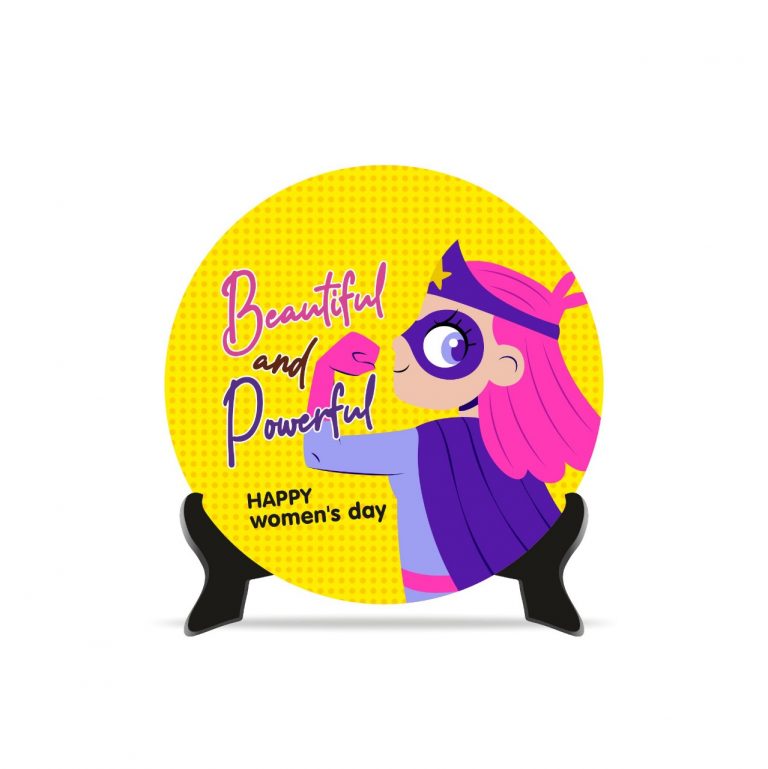Image Source: The Economic Times
The Business Impact of Harsh Goenka’s Kindness Principles
Harsh Goenka’s 12 workplace kindness tips highlight small yet powerful gestures. But kindness isn’t just a moral virtue—it’s a strategic tool for building a thriving, high-performing workplace. Here’s how companies can integrate kindness into their culture for long-term success.
Harsh Goenka’s recent insights on workplace kindness serve as a timely reminder that professional spaces thrive on more than just targets and deadlines. His list of 12 simple acts—like checking in on a stressed colleague, grabbing a coffee for someone, or publicly recognizing contributions—captures the essence of workplace warmth. But kindness, when strategically implemented, can do much more than foster good feelings—it can transform organizational culture, enhance productivity, and boost long-term business success.
The Neuroscience of Workplace Kindness
While kindness is often considered an innate human trait, neuroscience suggests that it is also a learned and reinforced behavior. Acts of kindness trigger the release of oxytocin and serotonin—neurotransmitters linked to trust, social bonding, and emotional stability. Research by Dr. Barbara Fredrickson, a leading psychologist in positive emotions, reveals that micro-moments of connection in the workplace improve not only individual well-being but also collective resilience.
This means that small, consistent acts of kindness—such as those highlighted by Harsh Goenka—don’t just improve morale in the moment; they rewire workplace relationships for the better. The more we engage in these acts, the more they become part of our organizational DNA.
The Strategic Layer: Kindness as an Organizational Asset
Most discussions around workplace kindness focus on individual behavior, but the real impact happens when organizations embed kindness into their culture in structured ways. Consider these deeper strategies:
- Reverse Mentoring with Emotional Intelligence – Traditional mentoring focuses on skill-sharing, but a reverse mentoring system—where junior employees guide senior leaders—can foster empathy, inclusion, and mutual respect. This structured exchange helps executives understand the daily struggles of their teams, making kindness more actionable and less performative.
- Psychological Safety as a Performance Indicator – Harvard professor Amy Edmondson’s research on psychological safety highlights that the highest-performing teams are those where employees feel safe to express vulnerability, ask for help, and admit mistakes. A kindness-driven workplace actively measures and rewards psychological safety as much as KPIs.
- Compassion in Conflict Resolution – Many workplaces handle conflicts with formal procedures but lack the human element. A conflict resolution strategy that includes compassionate listening, mediation training, and a focus on ‘repair, not just resolution’ can dramatically reduce workplace tension.
- Micro-Kindness Policies – Instead of only celebrating kindness on an informal level, companies can weave it into their policies. For instance:
- Offering ‘kindness leave’—a paid day off employees can use to support a colleague or volunteer for a cause.
- Recognizing ‘silent contributors’—those who go out of their way to support others but might not be in visible roles.
- Creating a ‘gratitude chain’ where employees anonymously highlight someone who has positively impacted their work week.
Related Posts
What do women expect from their workplaces beyond women’s day!
Avoiding the Pitfalls: When Kindness Becomes Performative
The danger with any kindness campaign is that it can feel superficial or forced. Employees can quickly see through inauthentic gestures, leading to ‘toxic positivity’—a culture where real concerns are brushed aside in favor of a constant facade of well-being.
True workplace kindness must be:
- Reciprocal, not hierarchical – Kindness should flow in all directions, not just top-down from leadership.
- Embedded in company values – Organizations need to align kindness with their mission statements and leadership training.
- Measured for impact – Instead of vague ‘be nice’ messages, companies should track tangible changes in employee engagement, retention, and team collaboration linked to kindness-driven initiatives.
The ROI of Kindness: More Than Just Morale
Studies by organizations like Gallup and McKinsey indicate that workplace kindness isn’t just ‘nice to have’—it’s a profitability factor. High-trust, emotionally intelligent workplaces outperform those driven purely by transactional relationships. When employees feel valued and supported, absenteeism drops, innovation rises, and customer satisfaction improves.
The modern workplace is evolving, and kindness is no longer just a personal virtue; it’s a competitive advantage. Leaders who recognize this will not only create healthier workplaces but also drive sustainable business success. So, while grabbing a coffee for a colleague or writing a LinkedIn recommendation—both mentioned by Harsh Goenka—are great starting points, the real question is—how can we make kindness the invisible force that powers every decision we make at work?
By taking a structured, strategic approach to kindness, organizations can go beyond random acts and create a workplace where compassion is not an exception but the standard.










